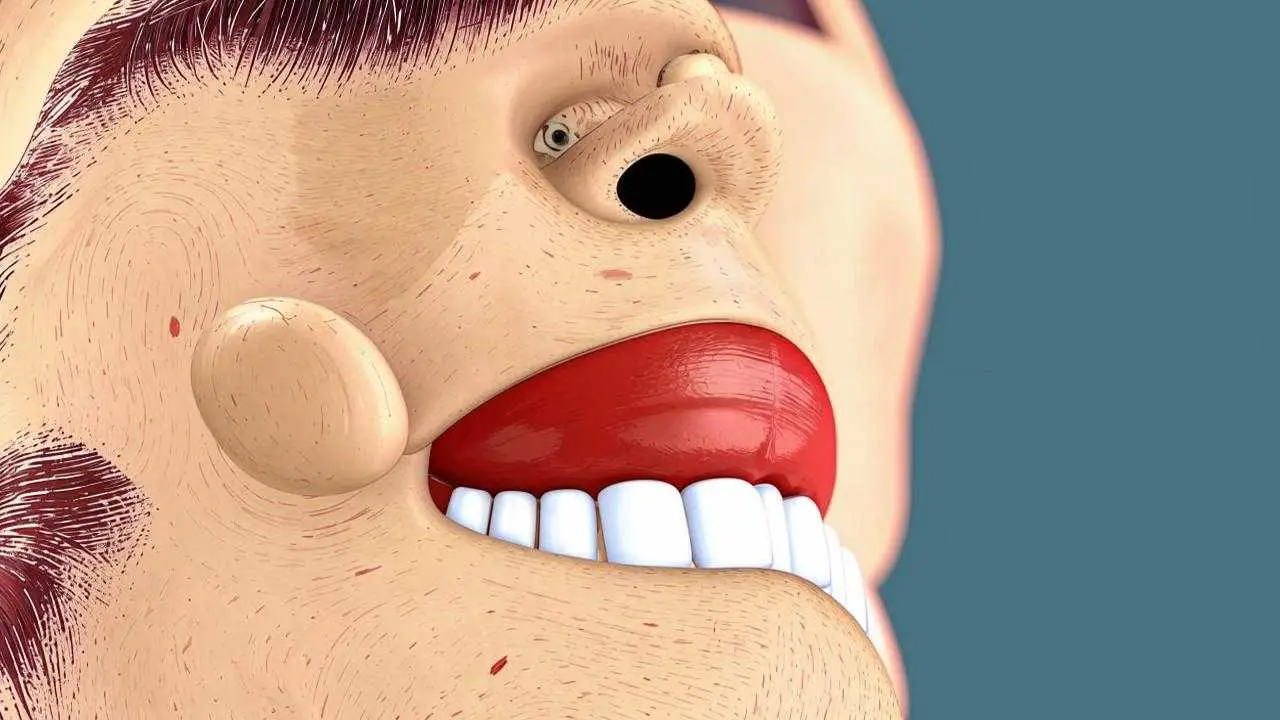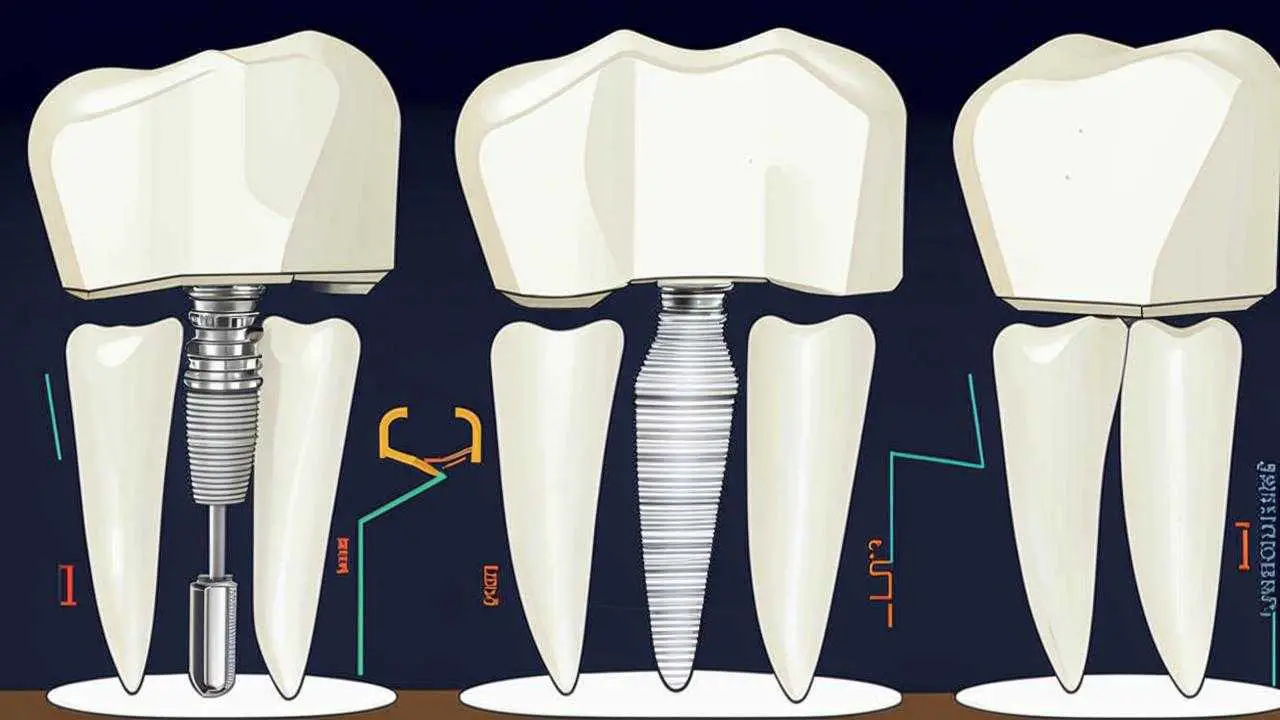Implantation is the replacement of a lost tooth with an artificial tooth. In order for the implant to function like a natural tooth, it must be securely anchored. Unfortunately, once we lose a tooth, the bone tissue begins to decline. Over time, the atrophy becomes so pronounced that there is simply nowhere to insert the metal post, there is not enough room for it.
In the upper jaw, bone loss is accompanied by the lowering of the maxillary sinus membrane. As a result, there is not enough bone volume, and there is a risk of the membrane rupturing during surgery.
Dentists have developed a method of bone grafting, which raises the wall of the maxillary sinus. They called it sinus lifting, from the words “sinus” (maxillary sinus) and “lift”.
What is a sinus elevator for implantation?
The main task of sinus lifting is to ensure sufficient bone volume for implant placement.
The essence of the method is that when the sinus shell is raised, a cavity is formed. It is filled with bone material, which serves as a base for the installation of a metal pin.
Bone grafting is performed in two ways: open and closed.
Open method
The classic operation. It is resorted to if it is necessary to increase the need for a large volume of tissue. A hole (window) is cut in the gum from the side. Through it, a special instrument is used to push back the shell of the sinus. The cavity is filled with bone material. A barrier membrane is installed so that particles of osteomaterial do not get into the sinus. The wound is sutured. The operation is quite traumatic, requires stitches.
Closed method
This method is minimally invasive. The hole is made through the apex of the alveolar ridge, sutures are not applied, and the essence of the process remains the same. Unfortunately, augmentation can be performed with a relatively large volume of own bone (5-7 mm), when only 2-3 mm needs to be augmented.
Sinus elevator with simultaneous implant placement
For a long time, the algorithm has been like this:
- Bone augmentation surgery
- Waiting for engraftment for 6-8 months
- Имплантация
- Waiting for engraftment, 3-6 months
- Протезиране
But then a protocol was developed to perform sinus elevator and implantation in parallel. Bone material is injected and tamped into the cavity under the sinus and then a post is screwed in.
Advantages of combining the two procedures
The obvious advantage is the time savings. Implants and sinus elevator at the same time reduce the treatment time by several months. In addition, such manipulation means:
- one operation instead of two;
- one rehabilitation period;
- lower cost, due to fewer visits to the doctor.
Psychologically, it is easier for the patient to bear one procedure and recover once, not twice.
How it goes
Sinus elevator and implant placement is possible with open and closed methods. Whichever method the doctor chooses, it starts with preparation. The implantologist assesses your general health, treats your gums if necessary. Blood tests make it possible to exclude infections and inflammatory processes. It is important to inform the doctor about allergic reactions.
A panoramic image (orthopantomogram) and CT scan will help assess the condition of the jaw, indications for implantation and augmentation. Implant placement immediately after a sinus elevator is possible if the bone thickness is 5 mm or more. The CT scan will also show the presence of inflammatory processes in the maxillary sinus, cysts or tumors, which cannot be operated on.
Implantation with a closed sinus elevator
The skill of the doctor plays a determining role in the success of any surgery, but with a closed protocol, it is doubly important. The doctor approaches the membrane blindly, much depends on experience and intuition.
A bed for the implant is formed in the bone. The membrane is lifted through it with a special instrument. The resulting cavity is filled with bone material and tamped down. Then a pin is screwed in. The screw threads of such pins further compact the bone material along the way, increasing primary stability.
1 – forming the hole, 2 – raising the bottom of the sinus, 3 – filling with bone material, 4 – placing the implant
Open sinus elevator with one-stage implantation
This protocol seems more complex, but in fact the implantologist sees the surgical field, the risk of perforation is low.
The doctor forms a surgical window in the bone, lifts the shell, places a protective membrane, and fills the hole with bone material. The implant is then placed, and the wound is sutured.
1 – formation of a hole in the bone, 2 – raising the bottom of the sinus, 3 – filling with bone material, 4 – installation of the implant.
Rehabilitation
Recovery takes about a week. The length of the rehabilitation period depends on the individual characteristics of the body and the type of surgery. With an open protocol, swelling is greater and lasts longer. With a closed – everything comes to normal in 3-4 days.
During these days it is necessary to:
- clearly follow the prescriptions;
- take antibiotics, analgesics;
- rinse your mouth with antiseptics;
- avoid hot, cold;
- eat soft, chopped food;
- limit physical activity;
- avoid temperature fluctuations.
Възможни усложнения
With any surgical intervention, complications are possible, the installation of implants after sinus elevator is no exception. The most common problem is perforation of the maxillary sinus membrane. A small perforation is not so dangerous, there is no reason to refuse surgery, but if the diameter is large, the procedure will have to be stopped. Also occurring:
- Sinusitis. Inflammation of the sinuses with accumulation of pus.
- Fistula formation. When the infection enters the surgical wound, it “eats” the bottom of the maxillary sinus. A passage into the oral cavity is formed.
- Bleeding. As a result of damage to blood vessels, there can be severe blood loss.
- Rejection of the implant. The rate of engraftment of implants from well-known manufacturers is 99%. Unfortunately, there are cases when the artificial root is rejected by the body. Therefore, it is important to tell the doctor about all diseases, allergies, peculiarities of the body to exclude the possibility of rejection.
A good clinic has equipment and tools to eliminate the consequences, but the main thing is prevention. In this case – high qualification of the implantologist. The more experienced the doctor, the less chance that he will make a mistake.
Alternative methods
Contraindications to sinus-lifting: a large loss of bone mass, the presence of diseases of the maxillary sinus, anatomical features.
If it is not possible to perform such an operation, other methods are used:
- Basal implants. The pins are screwed not into the spongy layers, but deeper, basal. There the tissue is not so susceptible to atrophy and there is an opportunity to stabilize the implant.
- Pterygoids. Implants that, due to their length and design, are inserted into the wing process of the cuneiform bone. This bone does not undergo atrophy, and the method allows you to bypass the maxillary sinus.
- Zygoma. Zygomatic implants. They are longer than pterygoid ones, fixed in the dense zygomatic bone.
- Removable dentures. The fastest and most affordable method of prosthetics. Minuses: chewing function is not restored to 100%, as with implantation, bone loss continues.
There are many clinics in Moscow that perform sinus elevator and implantation at the same time. There are far fewer clinics that offer alternatives. Only the doctor determines which method is best suited for a particular clinical case. If you go to a dentistry where it is possible to apply all methods of restoring teeth, you can be sure that you will be offered the right one, and not the only one that the implantologist has learned to do.
Choose clinics with experienced professionals who use different implant protocols.


